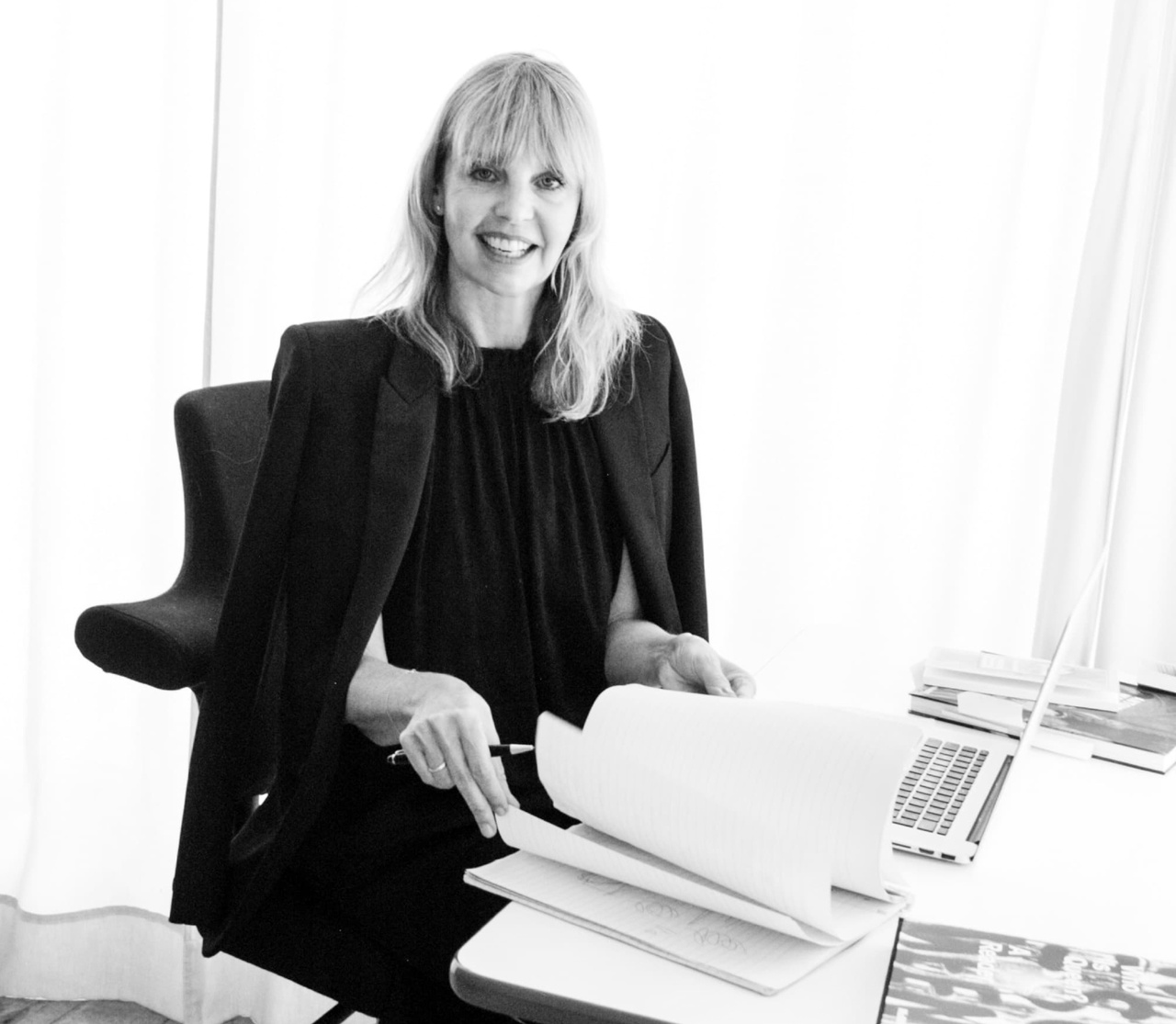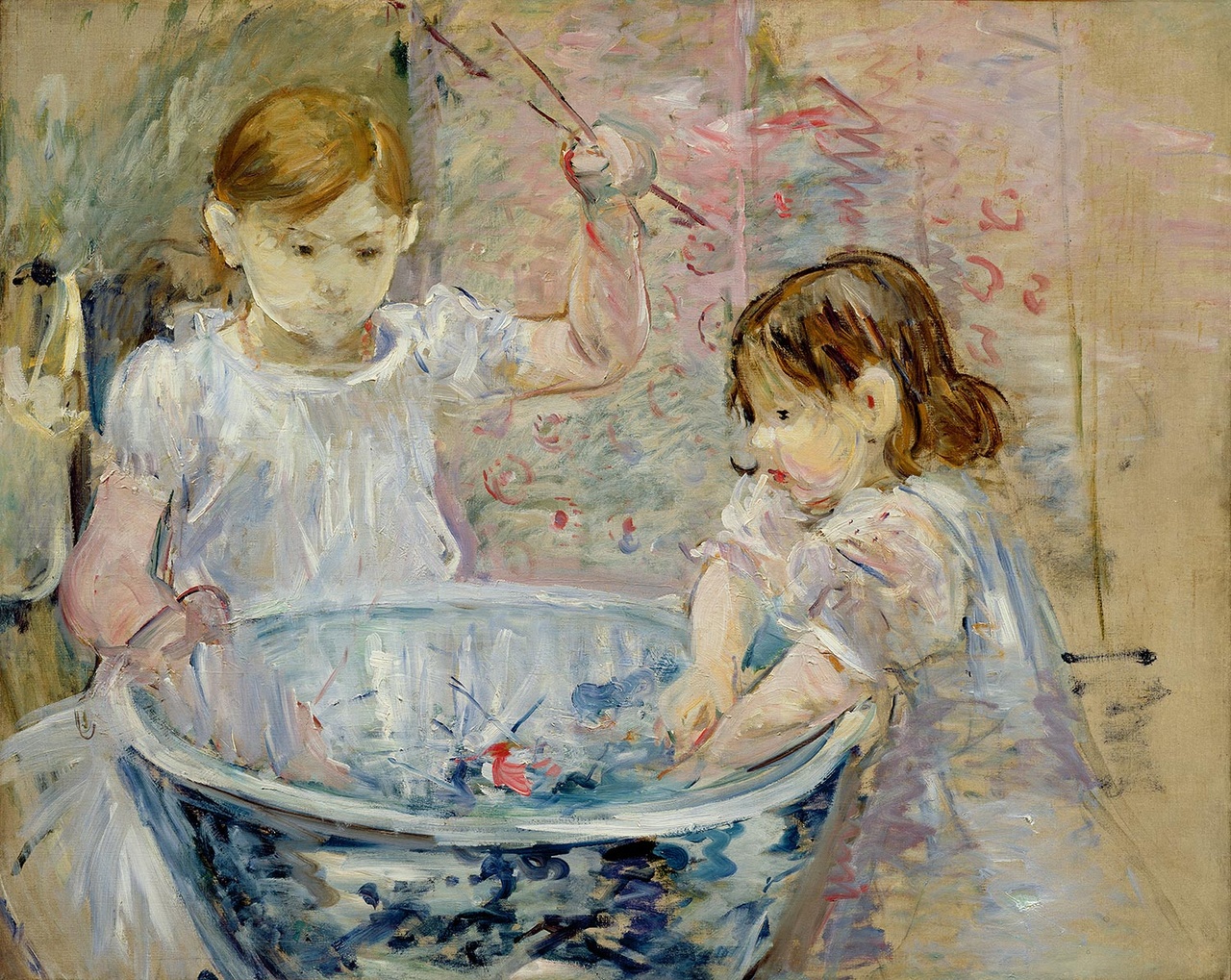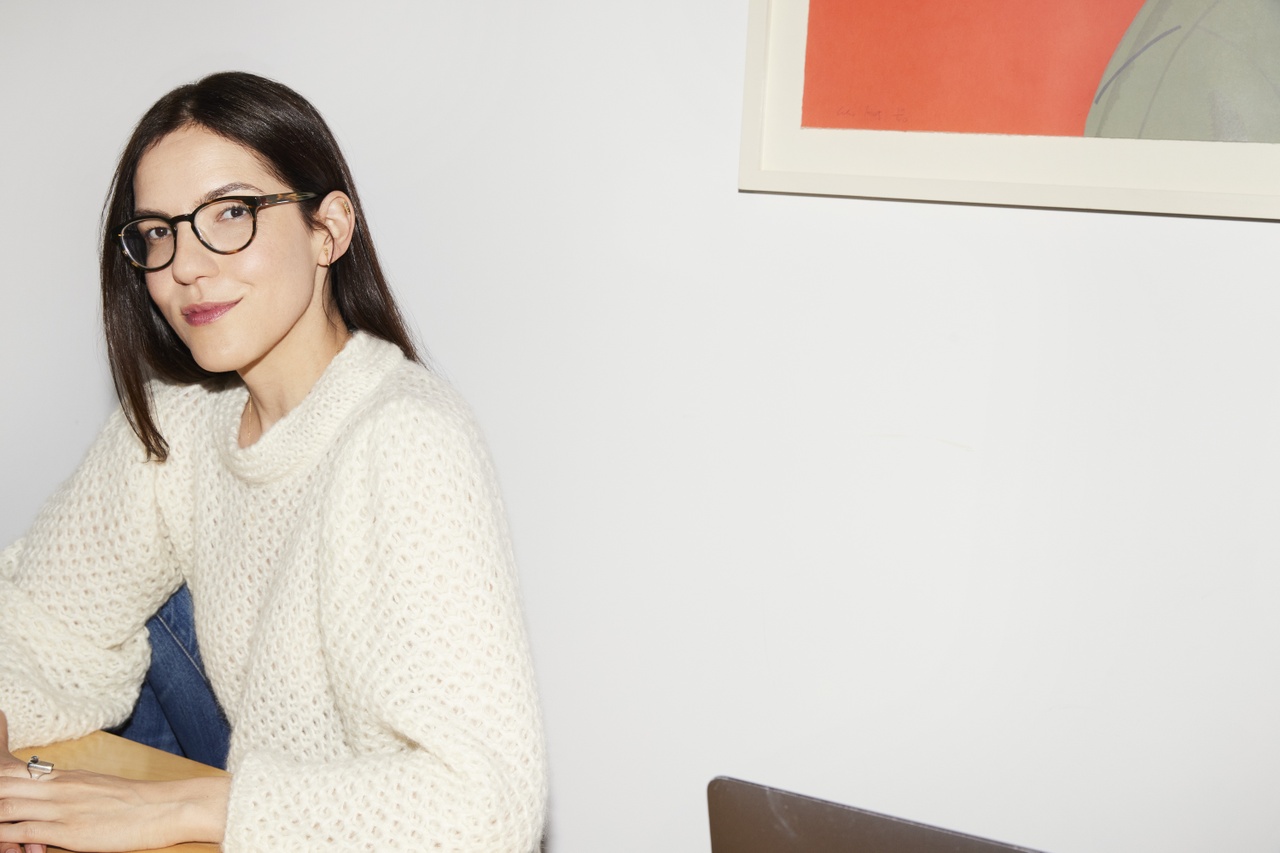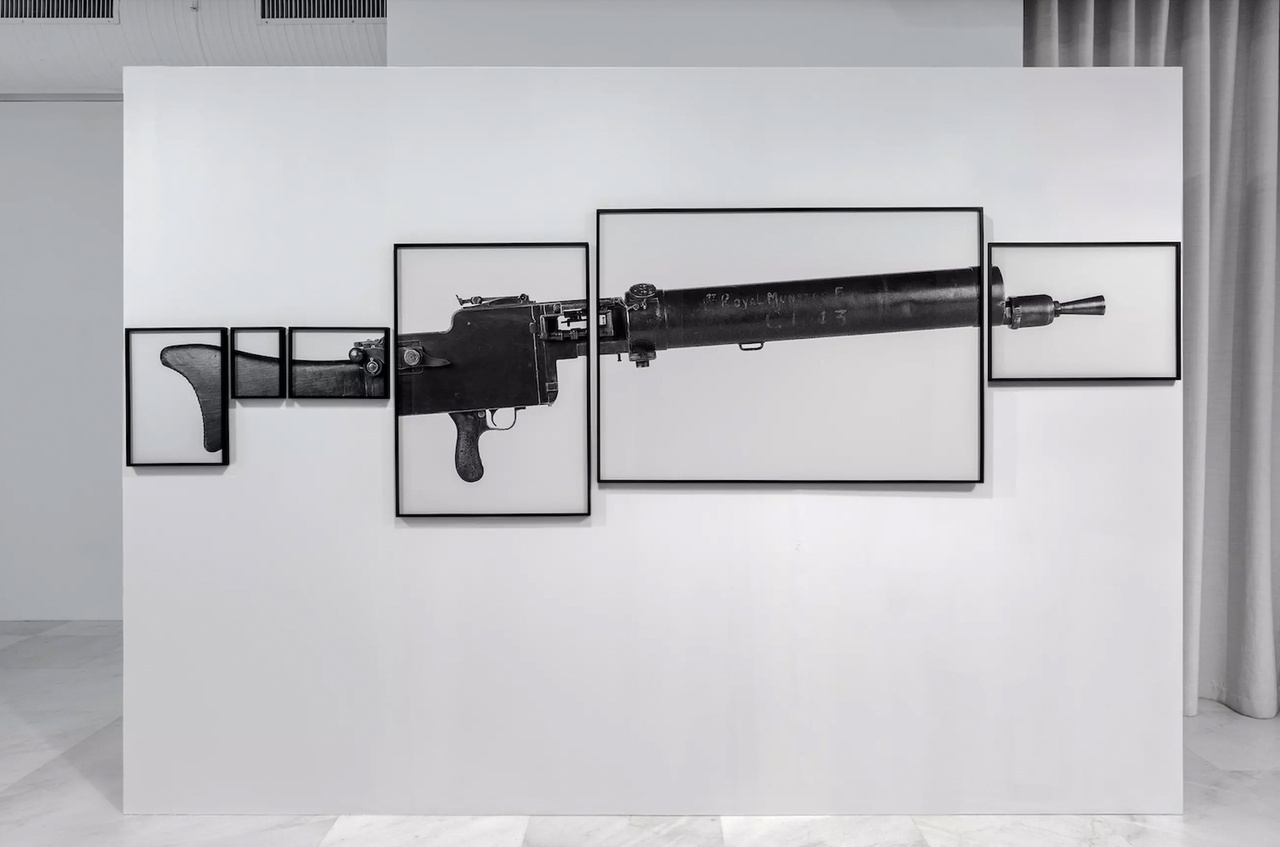BERTHE MORISOT, SLOANE CROSLEY, DAVID LIESKE Seen & Read – by Isabelle Graw

“Berthe Morisot et l´art du XVIIIe siècle”

Berthe Morisot, “Enfants à la vasque,” 1886
This magnificent exhibition is based on the premise that Berthe Morisot updated the vocabulary of eighteenth-century painting. Rather than making the typical link between Morisot’s work and the pictorial language of impressionism, the exhibition persuasively demonstrates how her way of painting incorporated Antoine Watteau’s penchant for women seen from the rear, Jean-Honoré Fragonard’s interest in the unfinished, and François Boucher’s motif of the young, sleeping woman. The curators rightly declare Morisot to be a master of the production of the eighteenth century’s model of elegance. Paintings like Rêveuse (1877) and Jeune femme en gris étendue (1879) furthermore demonstrate the radicalism with which the painter submerged her female figures in a sea of violent gray brushstrokes. The vitality of the painterly gestures with which these figures are rendered ensures that they appear less ossified. Of all the paintings here, I was most enthralled by Enfants à la vasque (1886), which shows two small girls concentratedly playing with water. These figures too were rendered with relatively few brushstrokes; the painting has a processual effect and translates the rivalry between the two playing girls into a painterly register. A masterpiece!
“Berthe Morisot et l´art du XVIIIe siècle,” Musée Marmottan Monet, October 18, 2023–March 3, 2024
Sloane Crosley, Grief Is for People

Sloane Crosely
This is not a typical book about mourning. Rather than articulating her grief at the death of her friend Russel, who died from suicide, the author takes refuge in humor and sarcasm – and thus makes the book into an entertaining page-turner. Two different losses – of her stolen family jewels and of her friend, who was also her boss in the publishing industry – are intertwined with one another. Sloane Crosely demonstrates that cherished objects can, when lost, take on subjective traits. Conversely, the dead friend takes on object-like qualities after she erects a monument to him. Rather than searching for the reasons behind Russel’s suicide, she brings him back to life through vivid description of his character. She also recounts how, in the shifting cultural climate just prior to his death, Russel’s crass humor and tasteless innuendo gradually became more and more problematic. But at the same time, Crosely focuses in on her own erratic and at-times comic behavior during her period of grief. At this is the key lesson of this fast-paced book – that humor can also be a part of the labor of mourning.
MCD, 2024
“David Lieske: Armed Interpretation”

‟David Lieske: Armed Interpretation,” VI, VII, Oslo, 2024
This well-executed exhibition reminds us not only of the military origins of standardization, but also of the violent influence that social norms have on subject formation. In the center of the gallery space hangs a black-and-white reproduction, composed of various image fragments, of an 08/15 machine gun of the kind used by Germany during the First World War; in German, the model number 08/15 has ever since functioned as a synonym for unoriginality and ordinariness. The helpful press release by Nina Franz also informs us that the industrial DIN standards used in Germany – for objects and goods of various kinds, from paper to tables – were developed in the wake of the standardized production of this gun. It was indeed with these norms that something as simple as A4 paper was first standardized, such that a humble sheet thereof is referred to in German as “DIN A4” – and hence carries within it a military subtext. Lieske assembles his rifle with various DIN-standard sheets and mounts it on a free-standing wall, supported at the rear by sandbags of a decidedly military appearance. It feels like being in the trenches. But the exhibition goes beyond merely demonstrating the forms artistic production might take in war times by avoiding ostensible “politicality.” In a sound piece played on a vintage cassette recorder, Lieske tells of his Hamburg youth – a narration that takes the form of an autofictional drama located somewhere between conformity and rebellion. On the opposite wall is hung a portrait of the purged-looking fashion designer John Galliano, here functioning like an echo of the personal: just like Galliano survived his cancellation, Lieske here uses this exhibition to convincingly stage his comeback as an artist.
“David Lieske: Armed Interpretation”, VI, VII, Oslo, January 26 to March 30, 2024
Isabelle Graw is the cofounder and publisher of TEXTE ZUR KUNST and teaches art history and theory at the Hochschule für Bildende Künste – Städelschule in Frankfurt am Main. Her most recent publications include In Another World: Notes, 2014–2017 (Sternberg Press, 2020), Three Cases of Value Reflection: Ponge, Whitten, Banksy (Sternberg Press, 2021), and On the Benefits of Friendship (Sternberg Press, 2023).
Image credit: 1. Rob Kulisek; 2. public domain; 3. Courtesy of MCD, photo Jennifer Levingston; 4. courtesy of V, VII, Oslo, photo Christian Tunge
